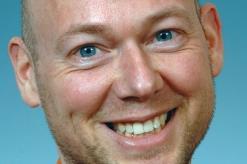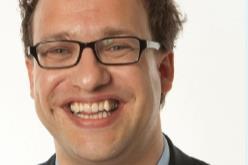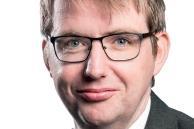Funding ratios of Dutch pension funds have plummeted further in the wake of falling interest rates and declining equity markets caused by investors’ worries about the spread of the coronavirus, also known as COVID-19.
Aon saw coverage ratios decline no less than six percentage points to 95% on average in February.
Mercer, while using a different calculation method, observed a drop of five percentage points to 96%, while consultancy Sprenkels & Verschuren saw a decrease of four percentage points to 97%.
According to Aon, the 30-year euro swap rate – the main criterion for discounting liabilities – had dropped to no more than 13 bps, resulting in a 4% rise of liabilities on average last month. Mercer came up with slightly higher figures.
Aon noted that the ultimate forward rate (UFR) – applied to market rates in order to artificially raise the discount rate – had also dropped from 2.1% to 2%.
Worldwide developed equity markets fell 7.8% where there was a 50% hedge of the main currencies, Mercer said. Without such a cover, losses were of 7.6%. Emerging markets equity lost 4.4%.
Mercer also reported losses on listed property (-4.5%), commodities (-4.2%) and credit (-10bps). Only government bonds gained, rising 0.5%, according to the pensions advisor.
Aon said that fixed income portfolios had gained 2% on average, despite the increased credit risk. It concluded that the overall investment portfolios had lost 2% on average in February.
The exact impact per pension fund depends on schemes’ investment mix and the degree to which they have hedged the interest risk on their liabilities.
In January, the fall in interest rates and declining equity markets already caused a funding shortfall in Dutch pension funds of between 2-3% on average.
The €465bn civil service scheme ABP and the €238bn healthcare pension fund PFZW reported funding declines of 3.7% to 94.1% and 3.5% to 95.7%, respectively.
Both PMT and PME, the large pension funds for the metal sector, posted a drop of 2.5%. At the end of January, the funding ratio of the metal schemes stood at 96.4% for PMT and 96.2% for PME.
BpfBouw, the €67bn pension fund for the building sector, estimated that its coverage ratio had dropped three percentage points to approximately 108% in February.
David van As, its director, said the funding drop was merely an indication of the situation, adding that the long-term economic impact of the coronavirus was more important than current market valuations.
In November, social affairs’ minister Wouter Koolmees – under pressure from unions – granted pension funds a reprieve from looming rights cuts by temporarily lowering the minimum required funding level in 2020 to 90% from 104.3%, pending the elaboration of the pensions agreement between the government and the social partners.
Although Koolmees hasn’t ruled out an extension of the exemption beyond this year, the minimum required coverage of 104.3% could be in place again in 2021 if insufficient progress has been made on the pensions accord.
Commenting on the most recent developments, Frank Driessen, chief executive officer at Aon Retirement & Investment, said that, with the current funding levels, millions of pension fund participants are headed for rights cuts at the end of the year again.
“This lays a bomb under the pensions agreement and the quietness created by the minister’s postponement of rights cuts.”
Driessen said it is increasingly likely that the Dutch cabinet is to scrap the current discount rate for liabilities linked to the interest-free interest rate.











No comments yet